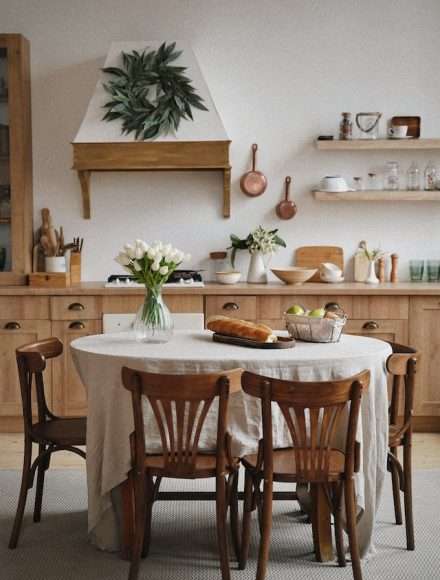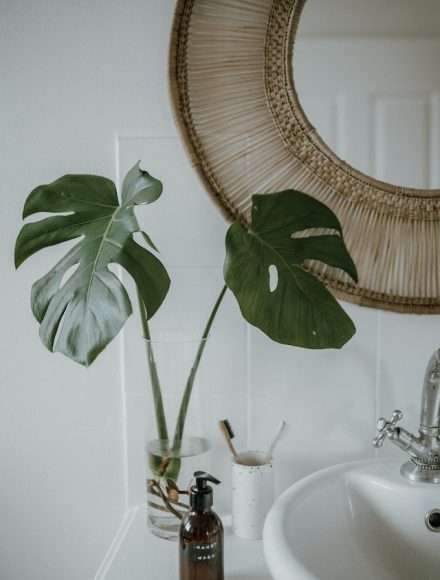10 Must-Have Plumbing Supplies Every DIY Enthusiast Needs
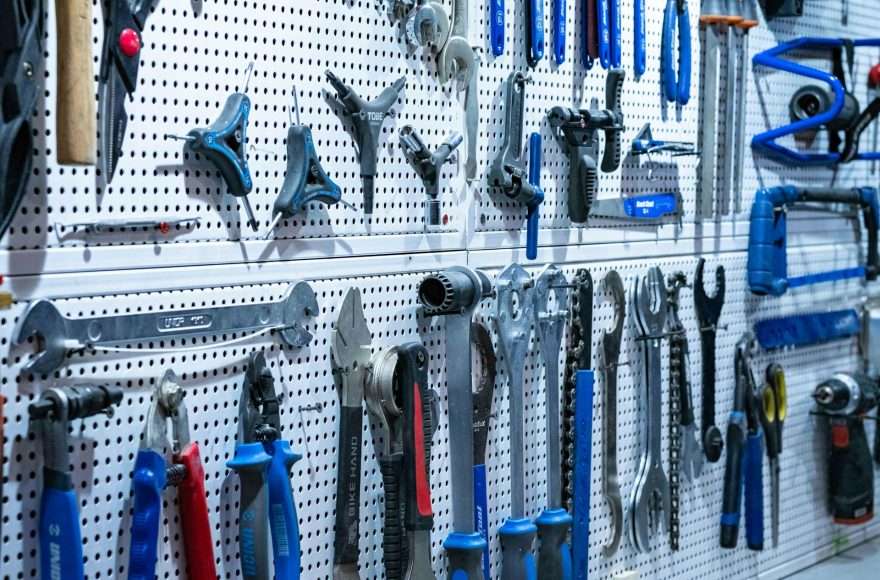
Taking on plumbing as a DIY project can be as daunting as it is rewarding. Whether you’re a tribe member of the home improvement kingdom, an enthusiastic rookie, or someone simply trying to cut back on maintenance expenses, knowing which plumbing supplies to have on hand is essential. Not only does it save you a world of trouble during those late-night leaks, but it also paves the way for a smoother project execution. In this comprehensive guide, we reveal the top 10 plumbing supplies every at-home plumber should have in their arsenal.
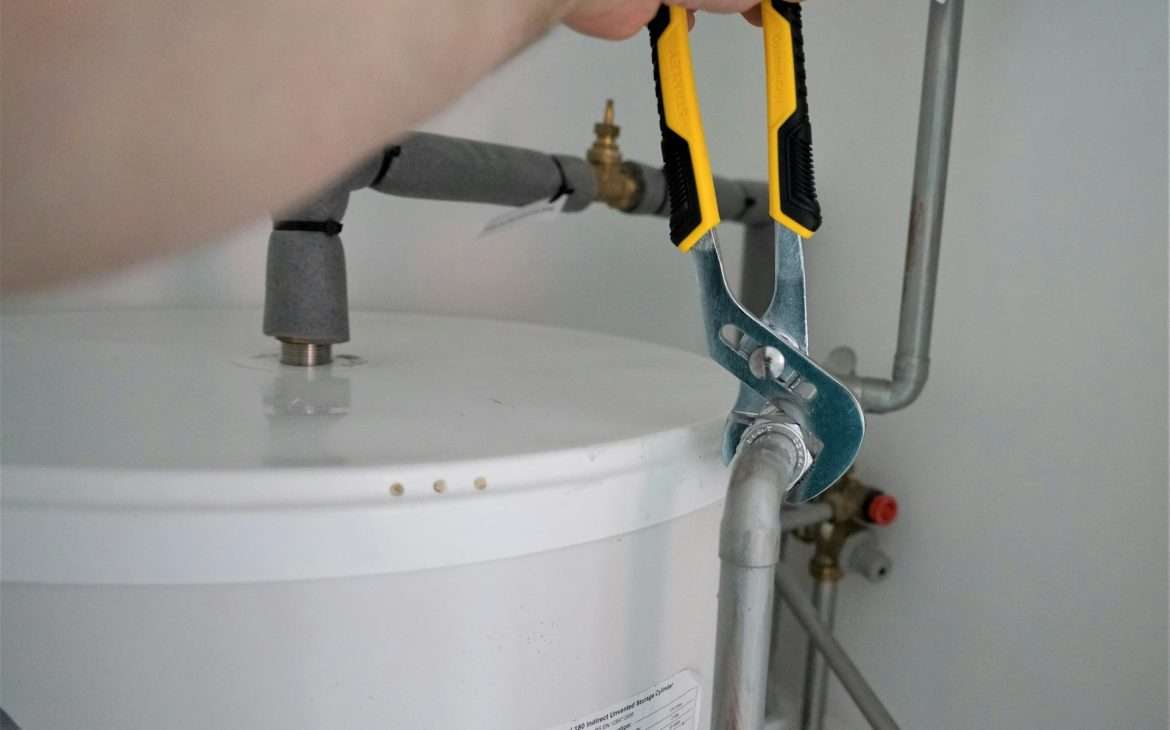
Plumbing Essentials Checklist
Before you start unclogging drains or attempting a DIY bathroom renovation, it’s crucial to ensure you have the right tools. Here are the fundamentals:
1. Pipe Wrench
The pipe wrench is the quintessential tool when working with threaded pipes and fittings. It’s a ‘grip’ tool, designed to twist, hold, or tighten with maximum pressure. When purchasing a pipe wrench, consider the size and material — larger wrenches for big projects and iron or aluminium for durability. Remember, each wrench has its own self-tightening ability, so ensure you’re using the right one.
2. Teflon Tape
Also known as plumber’s tape, Teflon tape is a thread sealant used to seal pipe threads. It’s an economical, effective way to seal joints for plumbing projects. Because leaks are a common issue after the fact, having Teflon tape to prevent them is a must.
3. Plunger
The humble plunger is often underestimated. It’s not just for clearing toilet blockages; you can use it to unclog kitchen sinks and showers too. Opt for a heavy-duty model, the more force you can apply, the better your chances of resolving the issue quickly and effectively.
4. Hacksaw
For cutting through metal, plastic pipes, or any stubborn material in your way, a hacksaw is indispensable. Choose one with replaceable blades and remember; it’s a push-stroke saw, so allow the blade to do most of the work.
5. PEX Tubing and Fittings
PEX (cross-linked polyethene) is becoming a popular material for new plumbing installations and repairs. It’s flexible, resistant to freezing, and installs with fewer connections. For emergencies and planned projects alike, a kit with tubing and a variety of fittings can be a DIYer’s best friend.
6. Adjustable Wrench
Don’t confuse pipe wrenches with adjustable wrenches. The latter is a more versatile tool that can be used on a variety of nuts and bolts. Its opening is adjustable, which means you only need one for tasks such as installing a new kitchen tap or putting together a kids’ bed frame.
7. Auger
Sometimes, a plunger won’t cut it, especially when the clog is deep in the drain. Enter the auger, or drain snake. This handheld tool manoeuvres through the pipe, allowing you to break up and remove obstructions located further than a plunger can reach.
8. Basin Wrench
Ever tried to tighten a nut against the wall under a sink, only to find that your regular wrench can’t fit? This is where the basin wrench excels — with a long handle and swivelling jaw, it makes those hard-to-reach spaces under basins and sinks much more accessible.
9. Safety Equipment
Any plumbing DIY work comes with a degree of risk. Ensure your personal safety by investing in a good pair of work gloves, protective eyewear, and knee pads if you’ll be working for extended periods.
10. Compression Sleeve Puller
For anyone dealing with compression fittings, this tool is vital. It allows you to remove the compression sleeve from the pipe without damaging it. This is especially useful for repairs and replacements without a complete overhaul.

Choosing Quality Over Quantity
The adage “buy cheap, buy twice” is particularly relevant in the world of DIY plumbing. Quality plumbing supplies not only last longer but also provide better performance and safety. Here are some guidelines for selecting top-notch supplies:
- Material Matters: Always opt for copper or brass for fittings and avoid aluminium or plastic, which are less durable.
- Strong Seals: When selecting tapes or sealants, make sure they are approved for plumbing use and are resistant to water, solvents, and chemicals.
- Tool Durability: The right tool for the job in hand is only as good as its materials. Look for high-quality steel and properly machined parts.
Buying Plumbing Supplies
The convenience of purchasing plumbing supplies has grown with the proliferation of online retailers, but traditional brick-and-mortar still has its place. Here’s where to look:
Online Stores
- Speciality Sites: Websites that specialise in plumbing supplies will have a vast range of products and are often more affordable than general retailers.
- Auction Sites: Online marketplaces can sometimes offer good deals, but be wary of quality and counterfeits.
- Review Forums: Before clicking ‘buy’, check out what fellow DIYers have to say. Many forums offer reviews and advice on the products you’re considering.
Physical Stores
- Local Hardware Stores: Sometimes nothing beats a visit to the corner hardware store. The staff can offer in-person advice and inspiration.
- Big-Box Stores: Larger retailers might have bulk deals and a wider selection, but they can be overwhelming without a shopping list.
Real-Life Plumbing Project Examples
No theory beats practice. Here are real-life scenarios where the above tools and supplies are indispensable:
Shower Head Replacement
When a shower head is old and clogged, simply cleaning it may not be enough. Replace the head and use Teflon tape to ensure no leaks once the new head is in place.
Pipe Leaks and Breakage
For small pipe leaks, a repair clamp and Teflon tape can be a quick, temporary fix while you wait for a professional or prepare for a more thorough fix.
Installation of a Water Filter System
For this job, you might need PEX tubing, fittings, and a good hacksaw. It’s a slightly more complex project but entirely manageable with the right tools and patience.
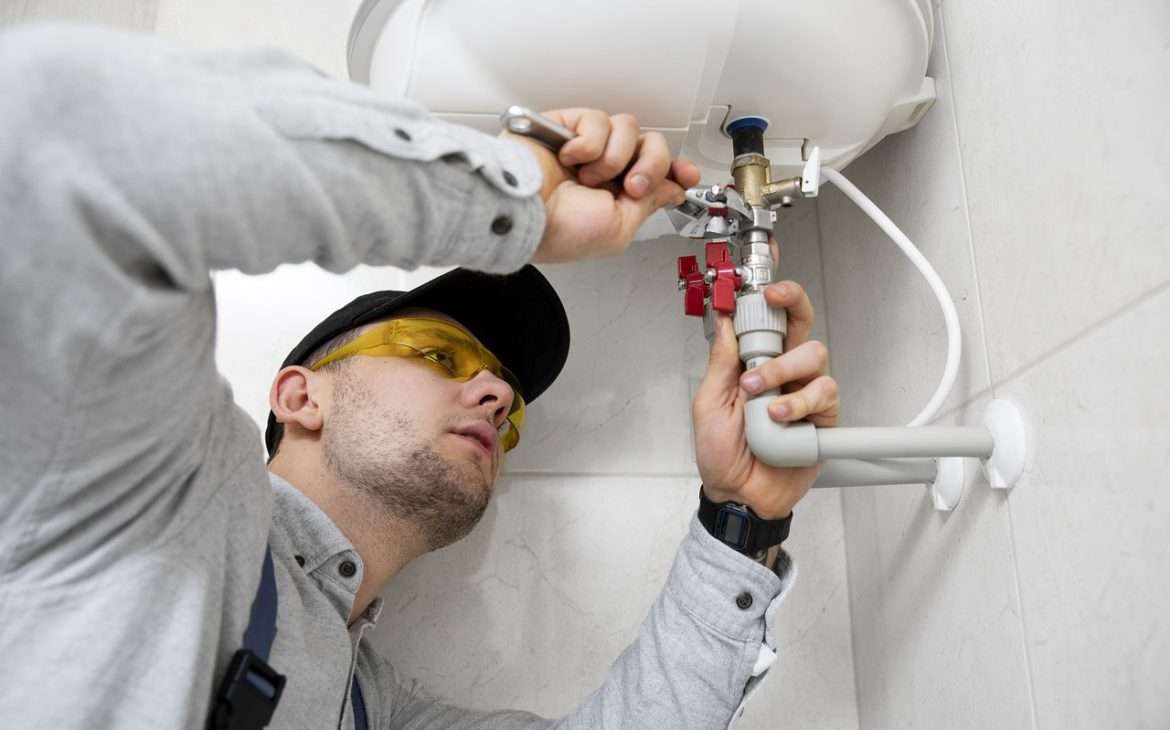
Safety and Best Practices
While having the right supplies is vital, safety is key when it comes to any DIY project. Here are some best practices to keep in mind:
- Read the Instructions: Always start by reading the instructions that come with your supplies and equipment.
- Turn off the Water: Before making any plumbing adjustments, turn off the water — this is a rule, not just a suggestion.
- Take Your Time: Rushing through a project can lead to mistakes and accidents. Slow and steady wins the race, especially in plumbing.
The Prepared Plumber: A Conclusion
Equipped with these 10 essential bathroom supplies, any DIY enthusiast can confidently take on various at-home plumbing projects. Shopping for bathroom supplies with preparation in mind is crucial for success. Each item on this list plays a vital role in keeping a home’s plumbing system in top shape, leading to more sustainable living by reducing the need for professional services.
For enthusiastic DIY-ers, a well-stocked toolkit can lead not just to cost savings, but to developing a new set of skills and a deeper understanding and appreciation of the home’s infrastructure. Fire up the home improvement playlist and get ready to transform your space one leak-free fitting at a time!
